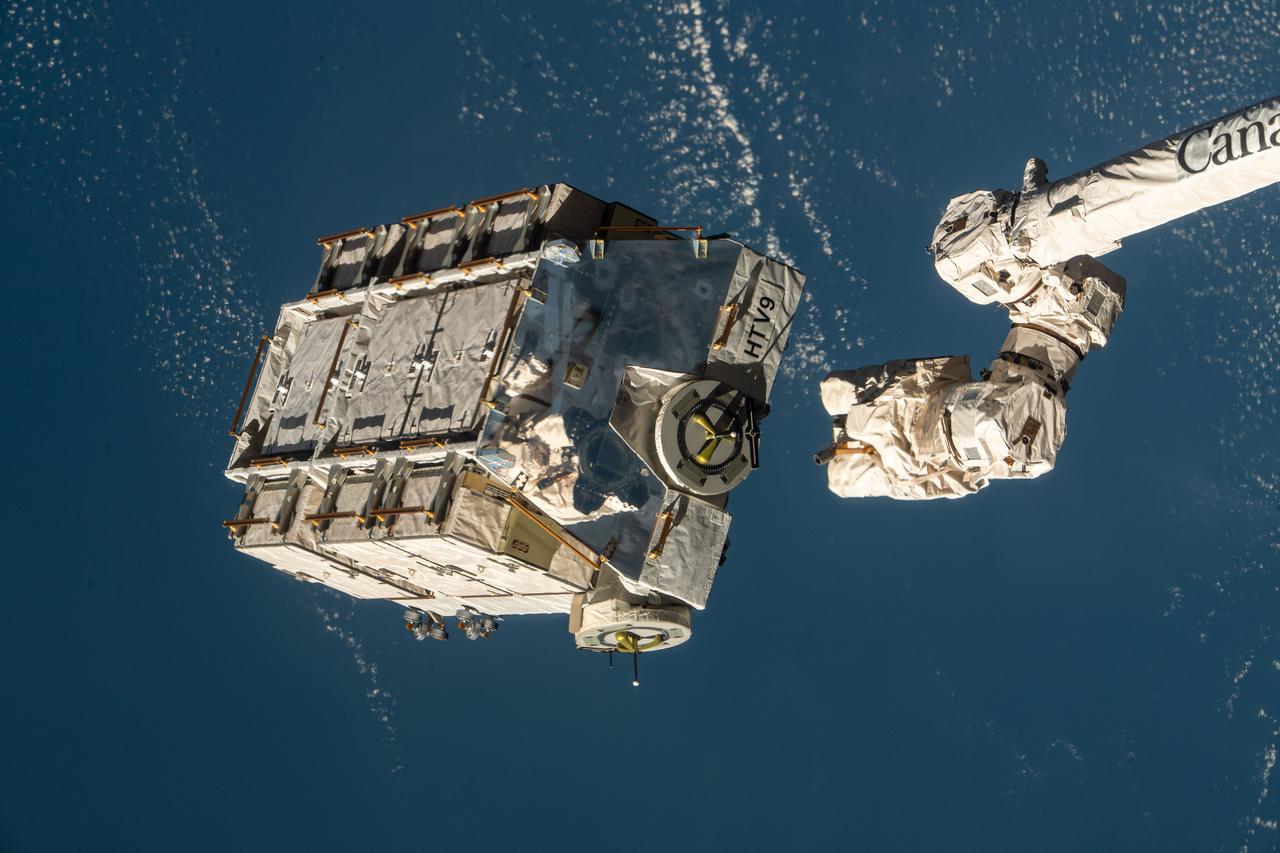[ad_1]
The threat of being injured by falling house particles is supposedly “under 1 in 100 billion,” based on the European Area Company (ESA), however for one household in Naples, it got here very shut after a bit of junk from the Worldwide Area Station (ISS) tore by way of their roof final month.
“I used to be shaking. I used to be fully in disbelief. What are the probabilities of one thing touchdown on my home with such power to trigger a lot injury,” Alejandro Otero, who resided within the residence with the remainder of his household, instructed Southwest Florida TV channel WINK. “I’m tremendous grateful that no person obtained harm.”
NASA confirmed on Monday, after analyzing the house particles in cooperation with the household, that what was initially a thriller object was really a bit of steel alloy Inconel that was anticipated to have disintegrated because it entered the Earth’s ambiance on March 8. NASA stated the cylindrical-shaped object—which was 4 in. tall, 1.6 in. vast, and weighed 1.6 lbs.—was a part of a cargo pallet of ageing nickel hydride batteries that the ISS launched again in 2021.
The full mass of the launched {hardware} was about 2.6 tons (about the identical as an African forest elephant), and based on NASA, “specialists use engineering fashions to estimate how objects warmth up and break aside throughout atmospheric re-entry.” After the unintended survival of what NASA stated was a stanchion of the pallet, the ISS will now carry out an investigation and replace its modeling and evaluation.

Low-Earth orbit house particles has been an issue because the first satellite tv for pc launch in 1957. Since then, a minimum of 36,500 objects higher than 10 cm. have been recorded, a million between 1 cm. and 10 cm., and 130 million beneath 1 cm., based on data from the ESA. And whereas the danger of those crashing down and injuring individuals on earth stays low, collisions in orbit—threatening satellites and different house know-how—are increasing as the quantity of house particles continues to pile up.
Learn Extra: Falling Space Debris Is a Bigger Menace Than Ever
“NASA,” the company stated on Monday, “stays dedicated to responsibly working in low Earth orbit, and mitigating as a lot threat as potential to guard individuals on Earth when house {hardware} should be launched.”
[ad_2]
Source link

